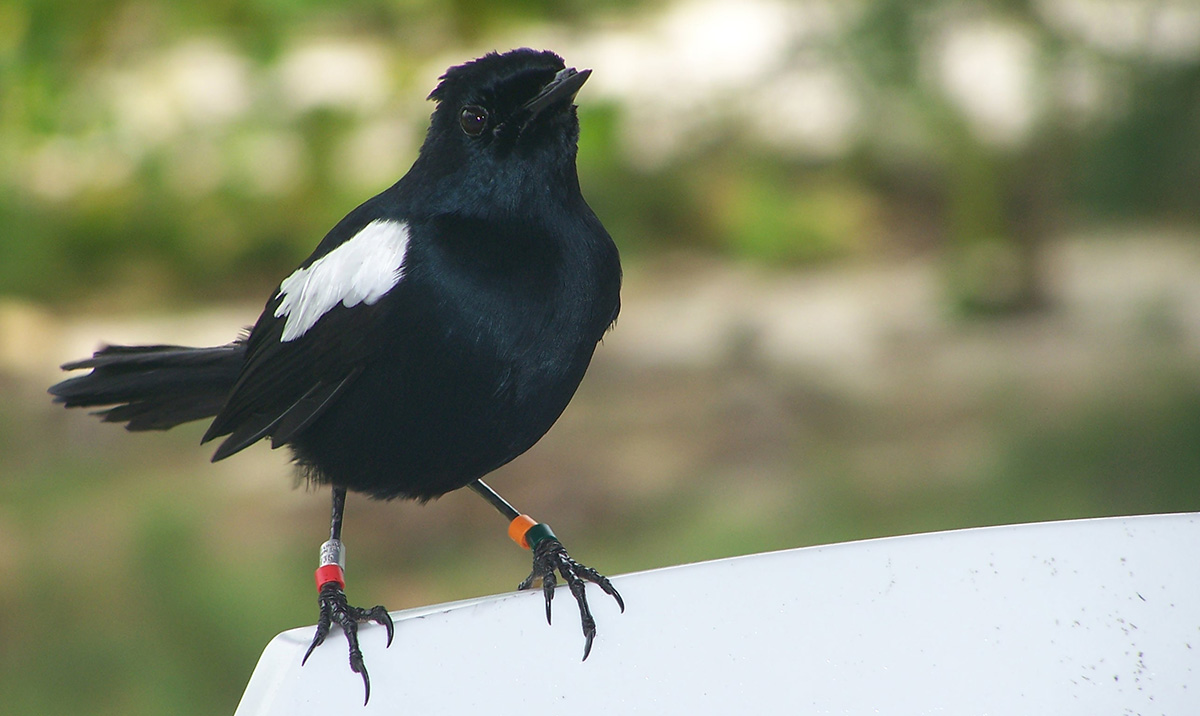A paper in the New England Journal of Medicine reports on a trial of 45 healthy adults aged 18-55, each vaccinated twice, 28 days apart, with the mRNA-1273 vaccine developed by the National Institute of Allergy and Infectious Diseases (NIAID) and pharmaceutical company Moderna. All participants subsequently produced antibodies against the SARS CoV-2 virus, and their blood serum showed neutralizing activity against the virus, preventing it from entering cells. Moreover, the vaccine appears to provide stronger protection against new infections than an average bout of actually catching the disease.
Link to paper: https://www.nejm.org/doi/full/10.1056/NEJMoa2022483?query=featured_home


